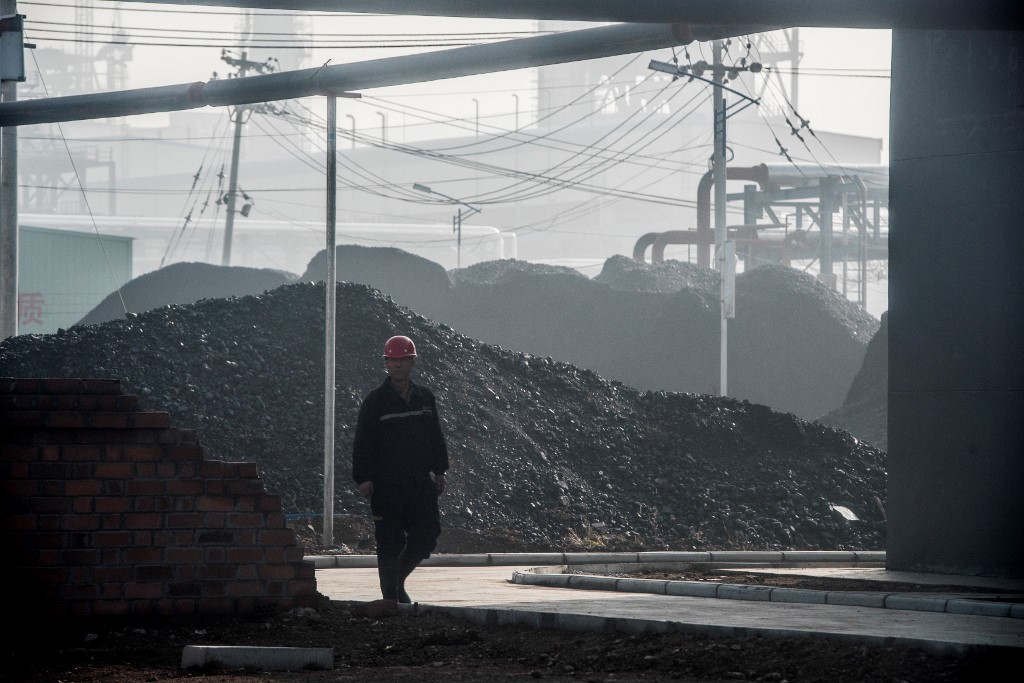(ATF) UN Secretary General Antonio Guterres called last week for all countries to cancel planned coal projects, saying the world must end its deadly addiction to carbon. Phasing out coal from the electricity sector, he said, was the single most important step to tackle the climate crisis.
“I am calling on all governments, private companies and local authorities to take three steps,” Guterres said. “First, cancel all global coal projects in the pipeline and end the deadly addiction to coal. Second, end the international financing of coal plants and . third, jump-start a global effort to finally organise a just transition [for coal industry workers], going plant by plant if necessary.”
China, the country that – almost all ecologists agree – needs to act on Guterres’ plea, if the world is to have any chance of slowing global warming, appears to have totally ignored the UN leader.
Three days later, China announced its Five Year Plan at the opening of the National People’s Congress last Friday. People anxious for a great transition to clean renewable power will be gravely disappointed – China will invest more in coal to power its economy over the next five years, as its five-year plan only modestly increases renewable ambitions.
Last year, there were signs of potential change. Non-coal power plants accounted for half of China’s total capacity for the first time, according to Fitch Ratings in its quarterly China Power Watch. That led to hope the 14th five-year plan would give a roadmap for its goal of carbon neutrality by 2060.
However the plan, announced by Premier Li Keqiang, had few details and signalled little urgency in cutting the greenhouse gas emissions that cause global warming. The lack of a cap on total energy consumption was one of the notable exclusions.
“Without the energy consumption control target, there’s even less in this five-year plan to constrain emissions growth than in the previous ones,” Lauri Myllyvirta, from the Centre for Research on Energy and Clean Air, told AFP. “As a result, there’s no guarantee that emissions growth will slow down, let alone stop, by 2025.”
Instead the plan aims to reduce the amount of carbon emitted per unit of GDP by 18%. Indeed, this is the same target as for the previous five years, and economic growth was set for 6% in 2021 – meaning a net increase in carbon emissions for this year.
The blueprint sets a target of generating just 20% of energy from non-fossil fuels by 2025, up from 15.9% in 2020. There were no specific targets for increasing wind, solar or hydro capacity, although there have been pledges to invest more in renewables.
World’s biggest polluter
China is the world’s biggest polluter, spewing out over a quarter of all greenhouse gas emissions linked to global warming.
As part of the plan to reach carbon neutrality by 2060, Beijing had previously pledged to reach peak carbon emissions before 2030. Researchers say this will require coal-fired power to be cut almost immediately.
However the economic blueprint does not ban the development of new coal power stations. Instead China’s cabinet last month issued a directive to “increase the share of large capacity coal power units”.
“The contradiction between targeting low-carbon development and continuing to invest in coal and fossil fuels still seems stark in China’s plans,” Myllyvirta said.
None this comes as a surprise. Some ecologists have been warning that China will be “the engine of the world’s environmental collapse”.
Richard Smith, a US-based China watcher, said the US had managed to get rid of its “climate arsonist” Donald Trump, but China still has a Communist system seemingly set on racing to create the world’s biggest economy. For Smith, President Xi is a biggest threat to the world’s ecological health. However, others believe Xi Jinping still has the capacity to rein in his country’s enormous CO2 emissions because of his authoritarian grip on power.
But the Chinese leader’s environmental record, prior to his pledge to the UN last September to make the country carbon neutral, is far from impressive.
Last year, China’s strong post-pandemic recovery was boosted by heavy infrastructure investment, and despite business lockdowns to curb virus spread, China’s carbon emissions for 2020 were 1.5% higher than that in 2019, according to data released by the statistics bureau last week.
The new US President Joe Biden has pledged to make the fight against global warming one of his highest priorities. However, whether Biden can encourage his Chinese counterpart to change tack – to shift to power from non-coal sources – could be the defining issue of his term in office.
With reporting by AFP
ALSO SEE:
- China to launch national emissions trading scheme in mid-2021
- China must nix its coal addition to reach carbon neutral pledge
- New coal projects in China make up 90% of global total
- China should not give stimulus to coal plants
- China hurting efforts to cut global emissions: US
- G20 nations give $77 bn a year to fossil fuel projects
- India opens up coal mining to private sector
























